Car manufacturers are being ‘forced’ to focus on optimising the internal combustion engine over new technologies, according to new research.
Accountancy firm KPMG says European Union legislation governing carbon dioxide (CO2) emissions is diverting investment from innovations like self-driving vehicles.
KPMG’s annual Global Automotive Executive Survey 2015 – which surveyed 200 senior employees – found that 49% deem “optimisation of the internal combustion engine” to be among the issues of greatest importance to their company.
This figure has increased from 40% last year and 36% in 2013. John Leech, UK head of automotive at KPMG said: “The drive to optimise the internal combustion engine is fuelled by growing environmental pressures.
“In the UK, manufacturers are principally focused on the EU CO2 rules, which set targets for vehicle manufacturers that correlate with vehicle weight.”
Of the 200 executives surveyed, 49% said that “downsizing and optimisation of the internal combustion engine (ICE)” was a priority for them. By contrast, just 3% said that self-driving cars are currently a priority.
KPMG’s research revealed that 60 of the 200 executives are vehicle manufacturers, of which 14 are from Western Europe, 80 are suppliers and the remainder are divided between dealers, financial services and mobility services.
Of the 14 Western European manufacturers, more than half (57%) said optimisation of the ICE is now a priority, compared to 7% of the respondents who believe autonomous vehicles are now a priority.
However, two separate manufacturers spoken to by Fleet News said that while it’s undoubtedly true that they’re investing heavily in maximising the potential of the combustion engine, this frequently complements other technological developments like “next generation” hybrids - as well as autonomous vehicles.
Jaguar Land Rover (JLR) is a leading supporter of the new, government-backed Advanced Propulsion Centre (APC), headquartered at Warwick University.
The £500 million project has been established specifically to develop cleaner internal combustion engines and manufacturing technology for electric motors.
Last year, company executives also committed JLR to producing a fully autonomous car within a decade, while addressing the Transport Select Committee at the House of Commons.
A JLR spokesman explained: “For us, there’s much more to come from the internal combustion engine – and that includes the growing potential of hybrid engines and mild hybrids.”
“JLR has doubled investment in powertrain management over the past five years. This has manifested itself most clearly, so far, with the Jaguar XE which has emissions of 99g/km. But these developments are in conjunction with what we’re doing to create self-driving cars.”
Selwyn Cooper, head of business sales at Volvo Car UK agreed. He said: “We don’t believe it needs to be a case of prioritising engine optimisation over the development of new technology. Drivers, particularly business drivers, are demanding both, and in many cases the two work together – our new XC90, for example, has an innovative plug-in hybrid option. It’s cutting-edge engine technology but the result is greater fuel efficiency and lower emissions with a combined 400hp output – technology and optimisation hand-in-hand.”
Cooper added that the new Volvo XC90 also comes with a host of other technological innovations, like crash avoidance, automatic braking and parking systems, plus a sophisticated touch-screen control panel.
He added: “Looking ahead, we’re going to continue to invest in both engine optimisation and new technology. We’re working on prototype three-cylinder engines as well as developments like our Drive Me autonomous cars, which are soon to be piloted on public roads in Gothenburg. Drivers are refusing to compromise efficiency over technology, and vice versa, and nor should manufacturers.”
KPMG also revealed that 43% of the auto executives it surveyed felt it would be more than 20 years before self-driving cars are commonly seen on roads.
Leech concluded: “Self-driving cars are the final step on a long journey towards connectivity that has already been started. 2015 will see cars on British roads that can steer, accelerate and decelerate by themselves, like the Volvo XC90, alongside cars with smartphone functionality. 2015 will be the year of the connected car.”
Ben Rooth

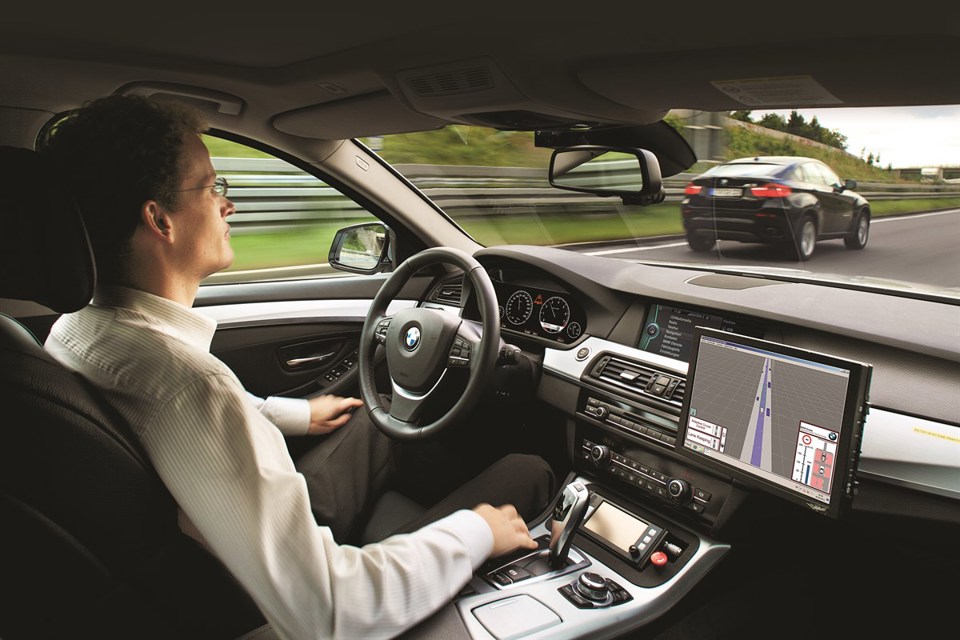
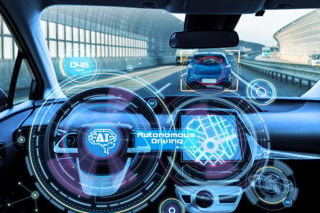
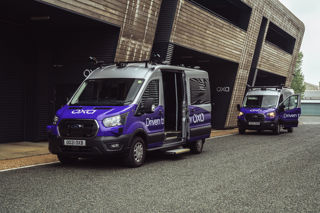
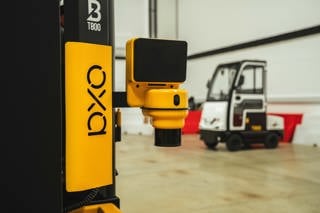
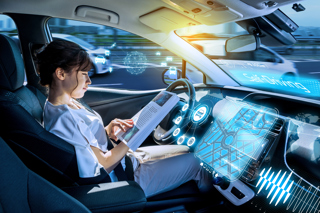
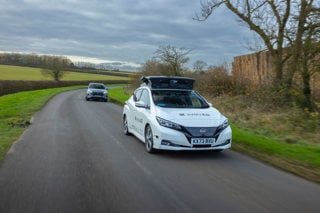



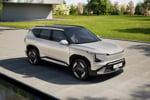


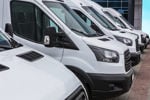



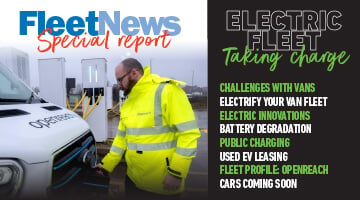


coldair - 03/02/2015 09:48
Everything to to do with vehicles is being interfered with by the EU ( = never have lived in the real world officials) they have put at least around £2000 - £8000 extra costs on to new diesel engines over the last 10 years which are less fuel efficient & reliable after 3 years making older diesel vehicles a risk to buy. Have we any proof yet that all this clutter on the engines is making a difference to air pollution yet or is it just off setting all the private charter flights to & from Brussels. No wonder why there is no money left for other development. Ps did you know that the cost of servicing your air conditioning is going to go up by £200 - £300 not that that will be a problem today in the snow